Maximizing terminal performance through integration of equipment design in bulk terminals
Figure 1. The integrated model integrates all of the major parts, including trucks, storage, conveyors, (un)loaders and vessels of a bulk terminal.
In this article a case study is elaborated to maximizing bulk terminal performance through integration of equipment design and shows how simulation models help with improving the operation of bulk terminals by focusing on solving the technical and operational bottlenecks. Equipment and bulk terminals are often designed and configured independent from each other, while this case study emphasizes the benefits that the integrated simulation approach can bring, see Figure 2. Click here to read more about bulk cargo and bulk terminals.
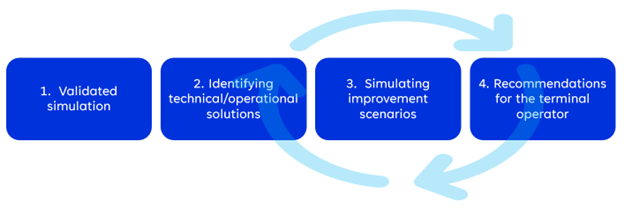
Figure 2. Integrated simulation approach.
Once the simulation model of the bulk terminal is validated by using historical inputs and outputs, the current capacity of the terminal can be assessed and future scenarios can be explored. For instance, the terminal in this case study intends to raise the annual volume from 4 MT to 6 MT; however, the waiting times indicate that the terminal is already operating at full capacity, as vessels have to have a long waiting time for a berth (see Figure 3). Waiting times become extreme with the annual volume of 6 MT for all three commodities handled at the terminal.
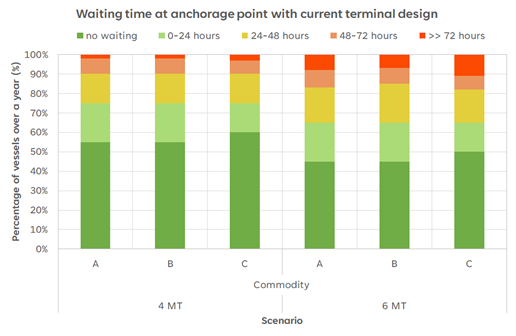
Figure 3. If less than 3% of vessels wait longer than 72 hours, the service level is considered acceptable.
Next step is to identify technical and operational solutions based on the existing bottlenecks. This case study looks into how technical solutions (equipment) affect the terminal operations. The result of having bottlenecks is a drop in productivity, insufficient storage, or delays. For instance, as shown in Figure 4, using grabs that are optimized for the crane and material properties of commodities A and B, the waterside operation can be improved. Besides that, applying hoppers would also aid in minimizing crane cycle delays. When it comes to commodity C, using a conveyor system instead of terminal trucks increases productivity. The positive impact of technical improvements on terminal berth productivity is then investigated by Portwise in detail.
Operational solutions can also be considered, by focusing on minimizing break down, systematic maintenance, and reducing storage time by improving collaboration with customers. For example, the simulation model accounts for transport between the bulk terminal and customers in the hinterland.
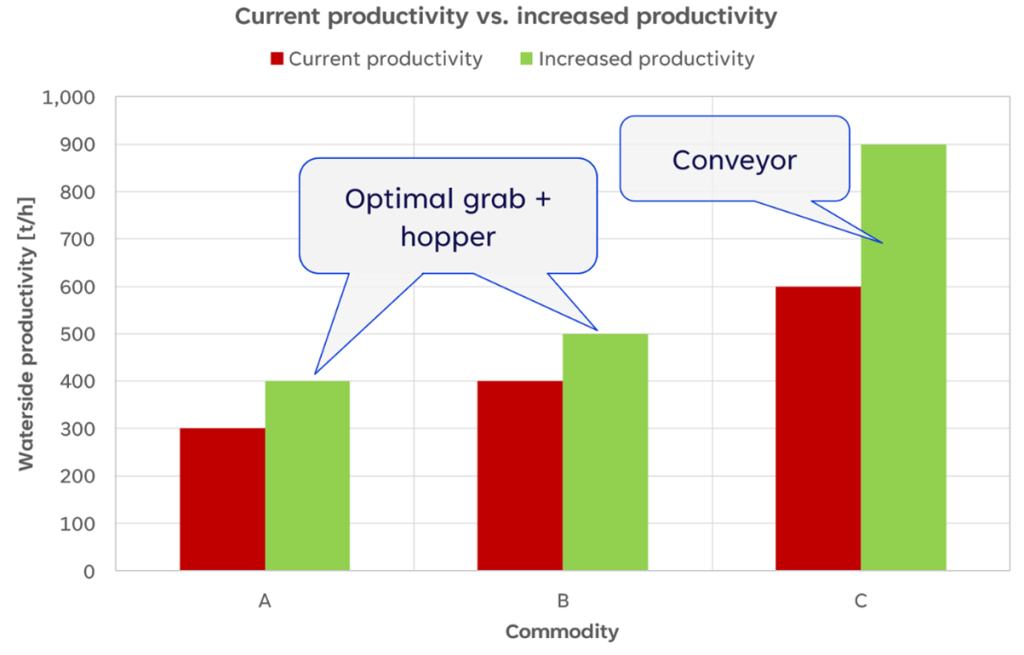
Figure 4. Verified estimation of enhancements at the waterside operation by using analytical calculation, field measurement, and data from similar projects.
Various improvement scenarios are simulated to evaluate the impact of proposed design solutions on the bulk terminal operation. The first scenario is the current situation; in three other scenarios waterside productivity or/and storage are enhanced. The effect of the improvement measures on the waiting times are shown in Figure 5
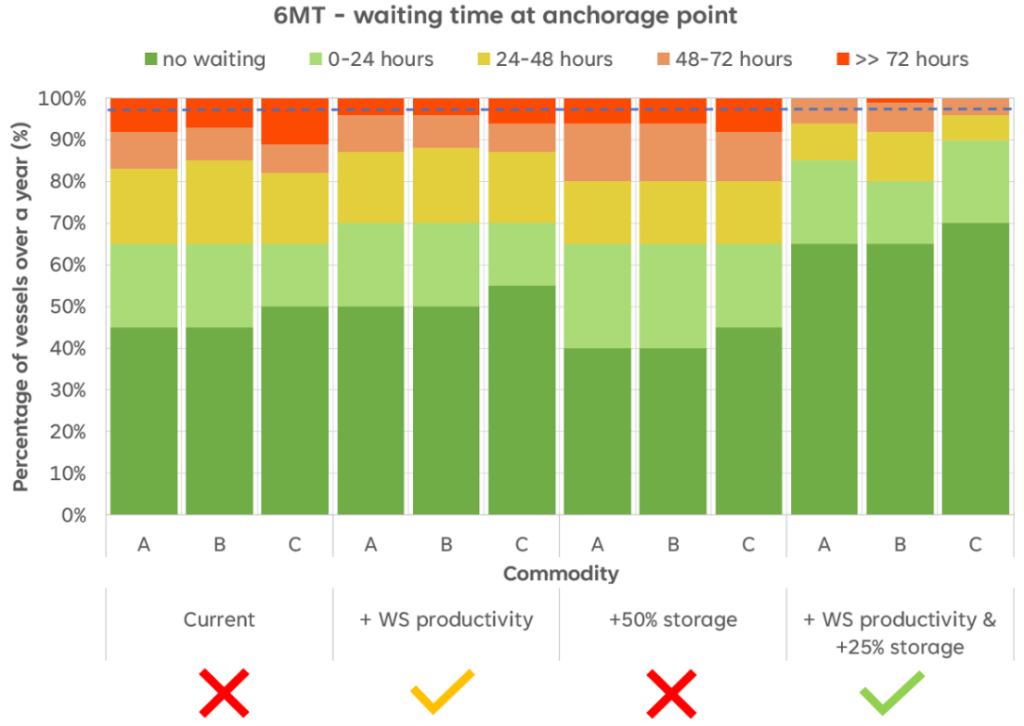
Figure 5. Waiting times of bulk vessels are acceptable if the waterside operation is enhanced.
The findings of the simulation show that modifications must be made in an integrated way, considering waterside, landside, and storage operations. The simulation analyses indicate that on the one hand, increasing only the waterside operation makes the storage limit even more critical; on the other hand, increasing only the storage capacity does not help with waiting times of vessels. Therefore, enhancing the waterside operation and increasing storage capacity by just 25% allow the terminal operator to reach the target annual volume of 6 MT.
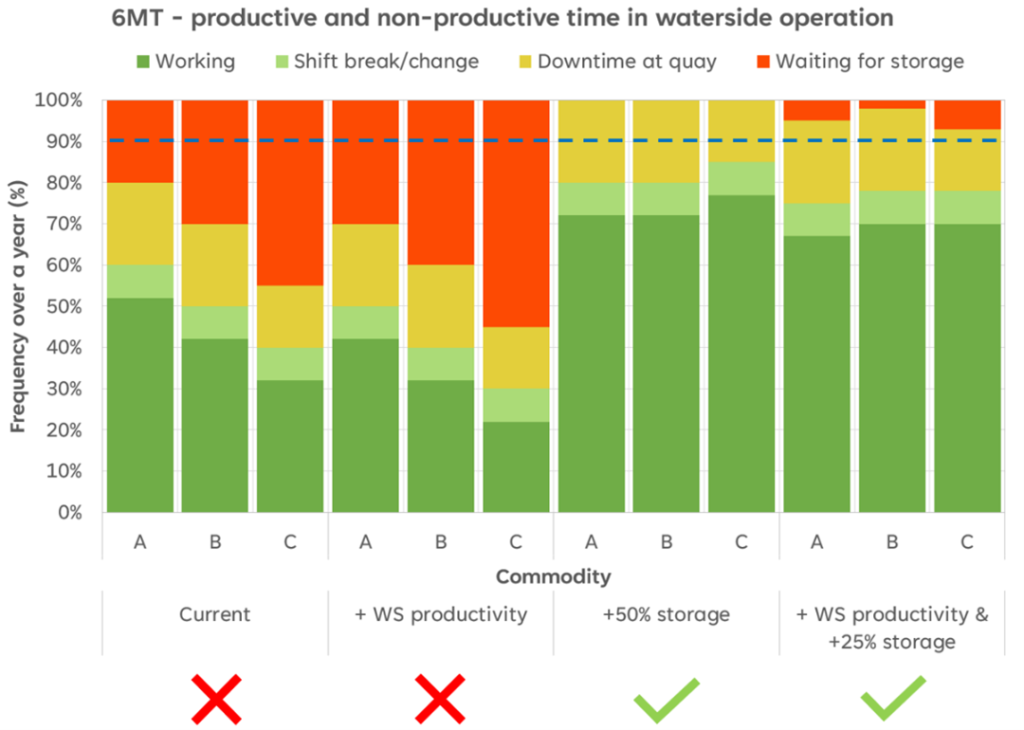
Figure 6. Waiting for storage is acceptable if additional storage is considered.
This case study started with identifying technical improvements to accommodate a raise in annual volume from 4 MT to 6 MT. The integrated bulk terminal simulation demonstrates the importance of equipment specifications and the role it plays in the overall picture of terminal operation. This allows bulk terminal operators to:
- Identify design and operational bottlenecks
- Assess technical and operational measures to enhance productivity
- Determine strategies for raising annual throughput
The integrated bulk simulation of Portwise has a strong link between equipment and terminal operations, allowing operators to determine the optimal equipment design requirements for their operations.